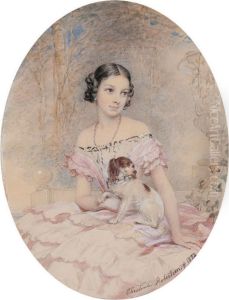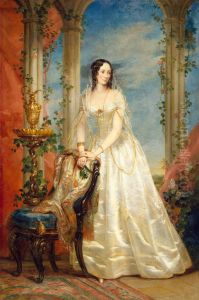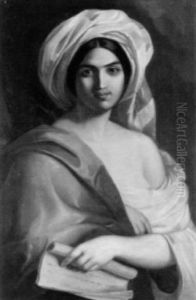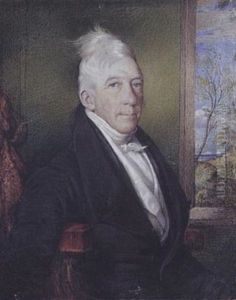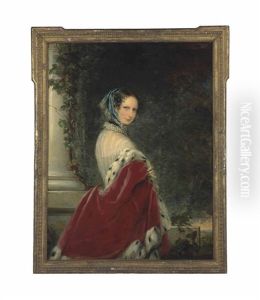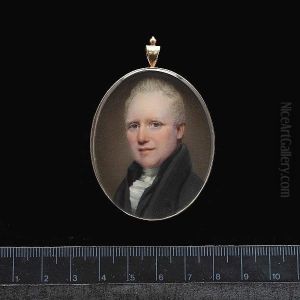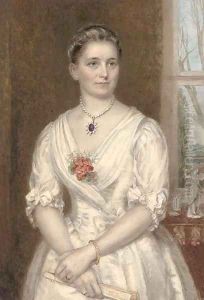Christina Robertson Paintings
Christina Robertson, born Christina Saunders in 1796 in Fife, Scotland, was a prominent British portrait painter who gained significant acclaim during her lifetime. She began her artistic training under the guidance of her uncle, the respected portraitist Sir George Saunders. Her early work quickly garnered attention, and she established herself as a professional artist in an era when it was challenging for women to achieve recognition in the field.
In 1822, Christina married fellow artist John Robertson, and the couple had several children. Despite the responsibilities of motherhood, Robertson continued to develop her career. She exhibited her work at the Royal Academy of Arts in London and soon became one of the few female members of the institution, which was a rare honor at the time.
Robertson's portraits were known for their elegance and attention to detail, particularly in the rendering of fabrics and complexions. Her style was influenced by the grand manner of portrait painting, but she also brought a sense of intimacy and delicacy to her works. She was adept at capturing the character and personality of her subjects, which included members of the British aristocracy and notable society figures.
Her reputation extended beyond Britain, and in the 1840s, she was invited to Russia by Tsar Nicholas I. There, she became a court painter and produced a series of portraits of the Russian royal family and nobility. Her work was highly prized, and she achieved considerable success, enjoying the patronage of the Russian elite.
Christina Robertson's time in Russia bolstered her international reputation, and she was awarded the prestigious orders of St. Vladimir and St. Nicholas for her contributions to art. Her paintings from this period are considered among her finest works, showcasing her mastery of portraiture.
Sadly, Christina Robertson's life was cut short when she passed away in 1854. Despite her relatively early death, her legacy as a pioneering female artist who navigated the challenges of her time to achieve both critical and commercial success endures. Her works are held in various public and private collections, and she remains a celebrated figure in the history of British and Russian art.


